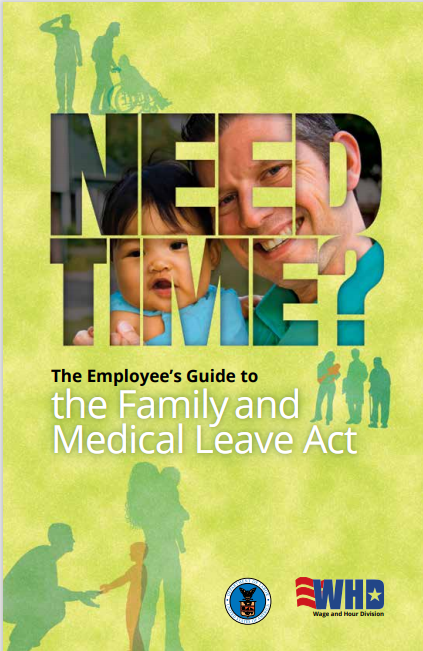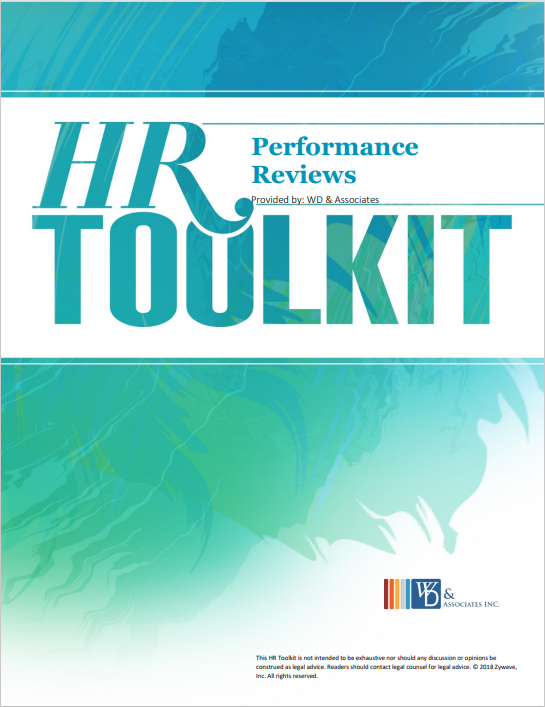When is it time for your company to switch health plans? The answer depends on the business. Costs are always a factor, but so are the benefits requested by employees that are not already included in the current plan. Another major factor could be the seasonality of your business. If you find that having your healthcare renewal at peak season is too much to handle, switching your renewal to another month could be beneficial.
If your company is considering switching health plans, keep in mind that most renewals occur in January. If you want more attention, pick a month between March & October. You must take several steps to switch plans by that deadline, so it is crucial to start the process early. Give your company at least six months' leeway to make the switch.
Be sure to consult an experienced healthcare consulting firm to advise and guide you through this often complicated process. Here is an overview of the types of plans as you consider switching to an alternate approach:
Fully-Insured Plans
What is your current company health plan? Small to mid-size businesses usually opt for fully-insured plans. For small businesses in most states, rates are determined by age banded ACA rates per the affordable care act (Obamacare). Employers are usually limited by the carrier's plan designs and cannot configure the plan's benefits. Employers pay a fixed premium, and the insurance carrier assumes all the risk. These plans must comply with federal and state regulations and are often embedded with taxes and fees that are not always disclosed. Renewals are based largely on state and federal filings, not so much a company's usage of the plan.
Self-Funded Plans
Self-funded plans for employees involve the employer paying for fixed costs (admin fees, cost of insurance, stop-loss premiums) and variable costs (employee claims). Generally, a self-funded plan, also known as a self-insured plan, requires the employer to set up a fund specifically to pay claims—employee and corporate contributions fund this trust.
The advantages of self-funding include more customization options to the plan's benefits. Unlike fully insured plans, there is more flexibility and less of a policy in which one size is supposed to fit all. Cash flow improves because there is no need for prepayment. However, some employers can fund the claim fund every month if they choose.
Third-party administrators process claims and also provide other services as specified in their contracts.
Self-insured plans fall under the federal Employee Retirement Income Security Act (ERISA) rather than state health insurance regulations. Employers can also avoid state taxes on health insurance premiums. These taxes may consist of as much as 3 percent of the premium.
Only those companies with strong cash flow should consider self-insurance, as costs can fluctuate based on the number and amounts of claims. For instance, claims might total $5,000 one month and four times that amount next month. Stop-loss insurance protects employers should claims exceed a predetermined amount.
Upon renewal, self-funded employers will get more renewal options and get more offers for stop-loss insurance than fully-insured groups.
Level-Funded Plans
For companies not ready for self-funding, a level-funded plan is a good compromise. It's a stutter-step from fully-insured to self-funded. That’s especially true for smaller businesses. Employers with level funding plans pay the same amount each month to a health carrier for paying anticipated claim estimates similar to fully-insured. That amount includes stop-loss insurance and administration fees. The rates billed are composite rates or a blended average rate rather than ACA age banded rates.
The carrier makes adjustments if the total claims costs are more or less than expected. These adjustments come at the plan year’s end. The employer may receive a refund if claims come in under the pre-paid expected amount.
Captive Plans
Captive insurance companies are wholly-owned subsidiaries providing insurance to the parent non-insurance companies. Not only are they created to address their parent companies’ special risk management needs, but they include potential tax advantages. Captive plans are especially attractive to industries posing particular risks. Most people relate Captive's to associations health plans.












Leave a comment